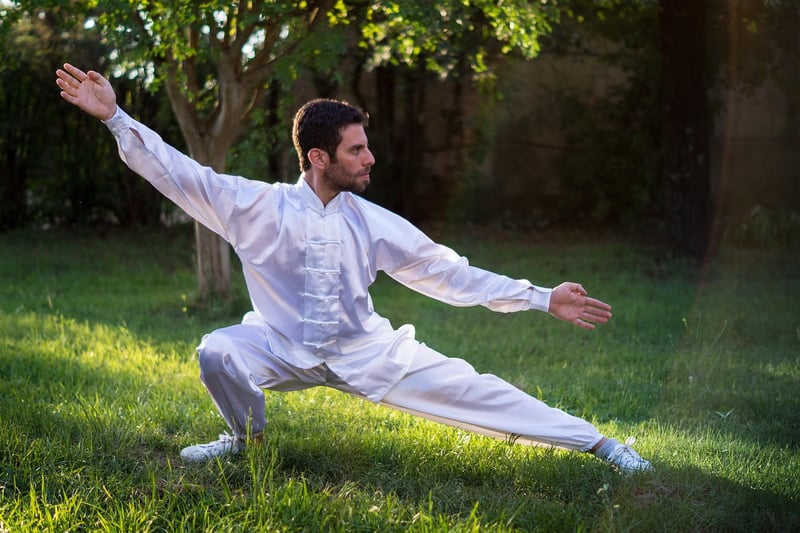Tai Chi for Balance
The Holistic Approach to Wellness: Incorporating Tai Chi for Balance
In today's fast-paced world, maintaining overall well-being is essential. A holistic approach to wellness encompasses not only physical health but also mental and emotional well-being. One ancient practice that combines physical exercise with mindfulness is Tai Chi, a martial art that has been shown to improve balance, reduce stress, and enhance overall quality of life.
What is Tai Chi?
Tai Chi, also known as Tai Chi Chuan, is a Chinese martial art that emphasizes slow and gentle movements, deep breathing, and meditation. It is often referred to as "moving meditation" because of its focus on mindfulness and presence during the practice.
The Benefits of Tai Chi for Balance
One of the key benefits of Tai Chi is its ability to improve balance and stability. The slow, controlled movements help strengthen muscles, improve coordination, and enhance proprioception, which is the body's sense of its position in space. This is especially beneficial for older adults who may be at risk of falls due to poor balance.
Research has shown that regular practice of Tai Chi can reduce the risk of falls in older adults by improving balance and increasing muscle strength. It can also help alleviate symptoms of conditions such as arthritis, Parkinson's disease, and chronic pain.
How to Get Started with Tai Chi
- Find a qualified Tai Chi instructor or class in your area.
- Wear comfortable clothing and supportive footwear.
- Start with a beginner-friendly class to learn the basic movements and principles.
- Practice regularly, even for a few minutes each day, to experience the benefits of Tai Chi.
Conclusion
Integrating Tai Chi into your wellness routine can have a profound impact on your physical and mental well-being. By incorporating this ancient practice into your daily life, you can improve balance, reduce stress, and enhance overall quality of life. Embrace the holistic approach to wellness and experience the benefits of Tai Chi for yourself!

References: Harvard Health Publishing, Mayo Clinic
